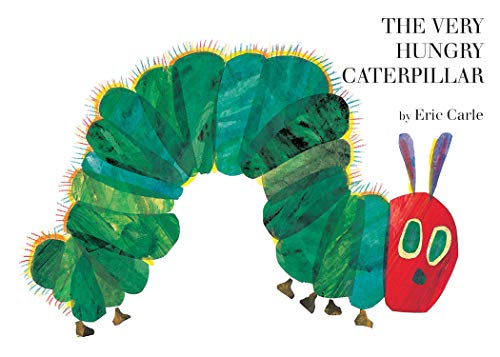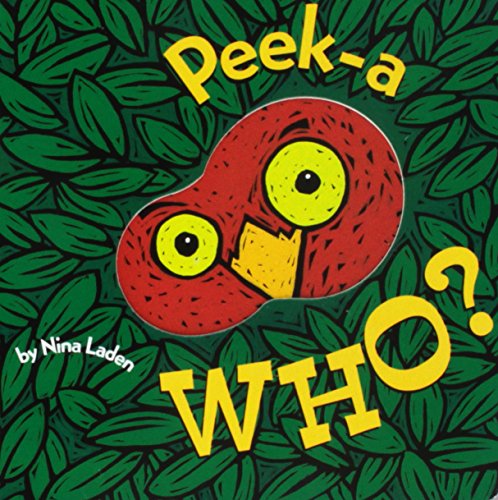
Reading
Benefits of Reading
Reading is an easy way to expand your child’s vocabulary. A love of reading is a beautiful gift you can give your child. When you read to your child you are not just telling them a wonderful story, you are teaching them new vocabulary, rhyming words, joint attention and turn taking. Reading has been found to improve expressive Language in toddlers and progressing late talkers language.
Why is reading so good for language development?
Books use a lot of the same strategies speech therapists use to support children’s language. Books have visual cues, repetition and turn taking to name a few. We’ve organised our favourite books into some of the strategies categories, in real life there’s some cross over but this should give you an idea of the strategies you are using when reading together.
Turn Taking
Rhyming
Extending Vocabularies
Onomatopoeia’s
Questions

































